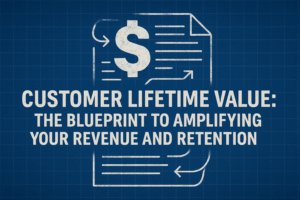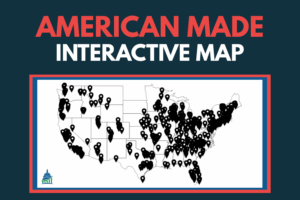ABA contains valuable marketing and advertising insights because it provides consumer information across a wide range of search queries, not just your current customer reach.
In effect, this gives you unprecedented access to your competitors’ data. Using data from ABA, you can monitor your competitors and react in real-time to what they’re doing. You can determine the key factors driving their sales and gain insight into their creative strategies.
Here’s an example: Say you want to fine-tune your advertising strategies. You can use ABA to view which ASINs are attracting the most clicks for a given keyword. Armed with this data, you can make decisions to allocate extra budget to target these specific ASINs. And by showing which keywords have the highest conversion rates, you can increase advertising budgets and bids even more for those search terms/keywords.
That’s just one of the many ways ABA can help you optimize your brand performance.
As Amazon comes under more regulatory pressure, it’s likely to provide Sellers and Vendors even greater access to its customer data, in an effort to be seen as more friendly to small/medium-sized brands. Some of these capabilities, such as Repeat Purchase Behavior and Demographics, have migrated from Vendor Central to Seller Central. However, new developments (either in how information is presented, or the detail of information provided), should be expected.
In the past, Amazon has made most of these functions available with no fanfare and in a region-by-region manner. As Amazon streamlines its platform for Sellers and Vendors, they’ll likely continue this piecemeal release process — increasing the value of ABA by delivering more insights. But, it’s still up to you to make sense of the data provided in these reports — only then will your brand benefit from its true potential.



